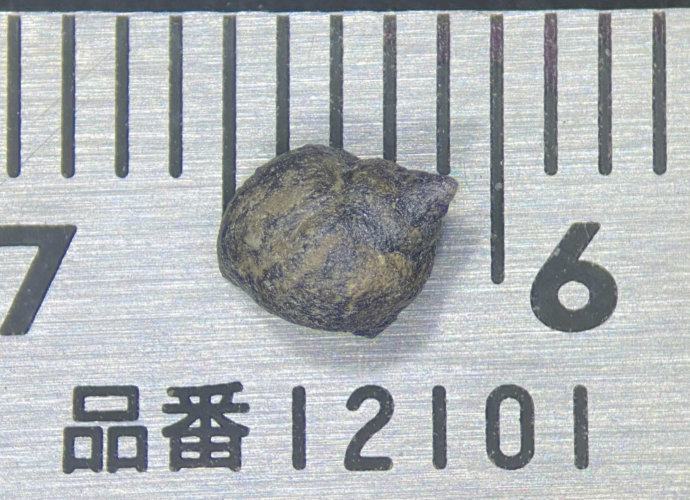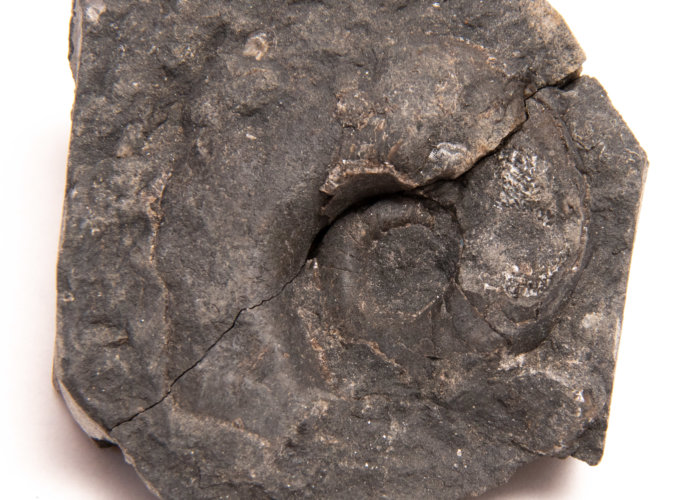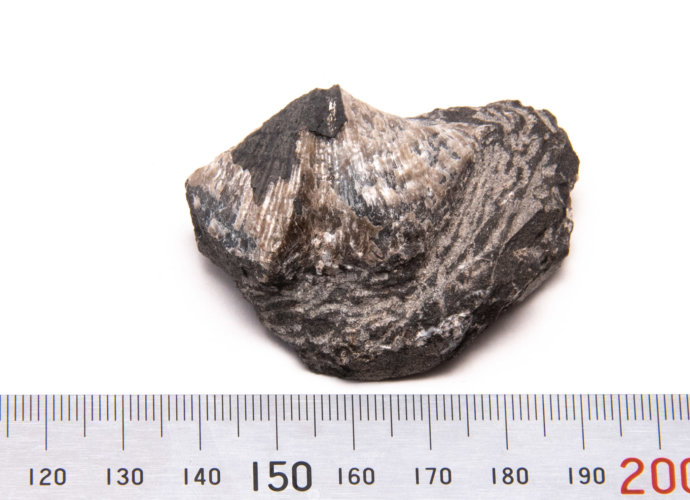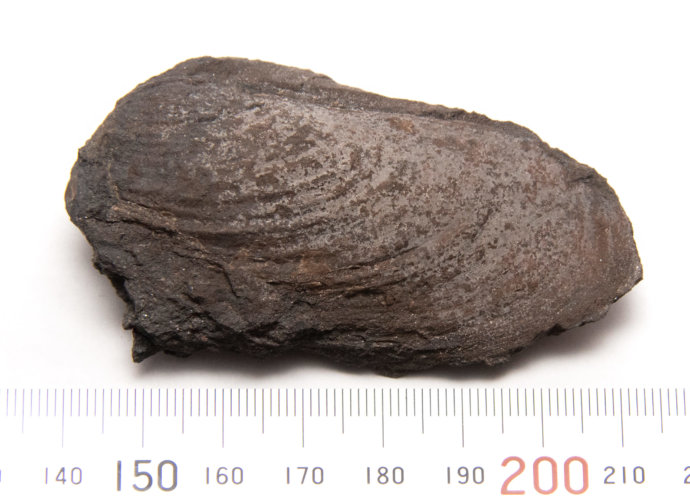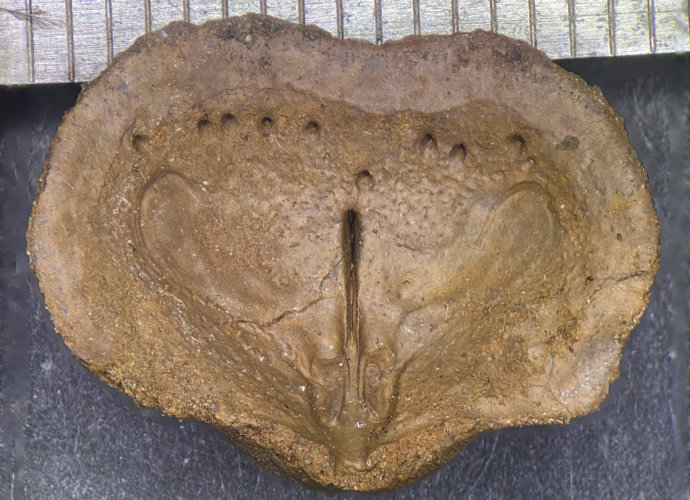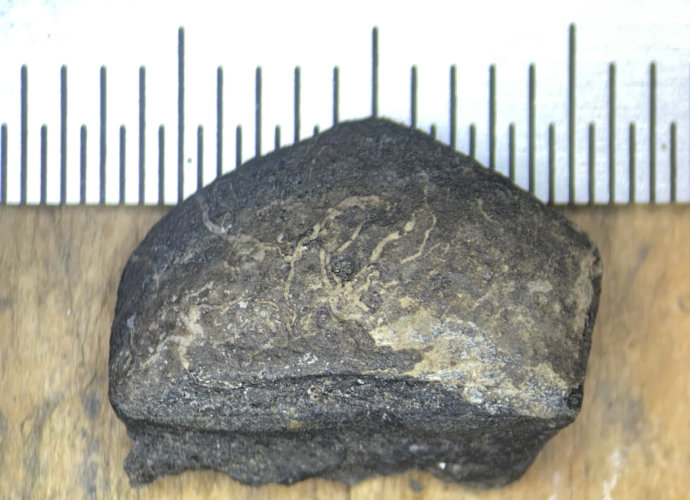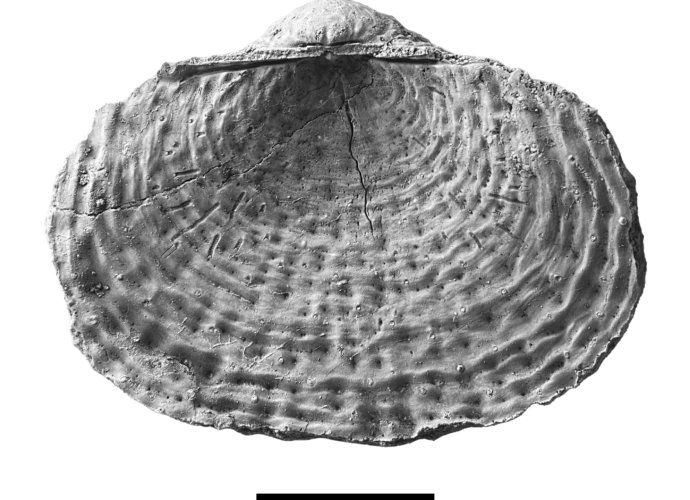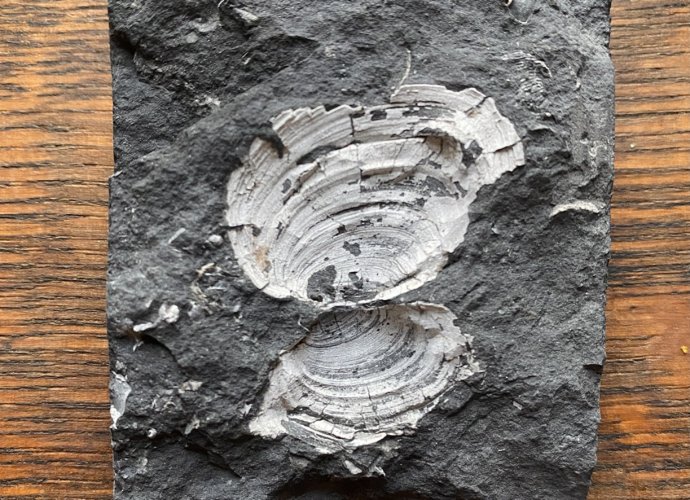Strobeus brevis
UPDATE: This is not Strobeus, but Leptoptygma. Cleaning out the aperture makes this clear. April 2023. This tiny late Paleozoic gastropod is most likely identified as Strobeus brevis. Measuring somewhere between four and five millimeters, this snail would be challenging to spot if you were not looking for it. ThisRead More →

